Macabeana
As the photo of the flowers demonstrates, this plant is not a form of E. agavoides but a hybrid with - probably - E. agavoides as one parent. In the 20th century it has been distributed on the European continent as E. agavoides var. corderoyi.
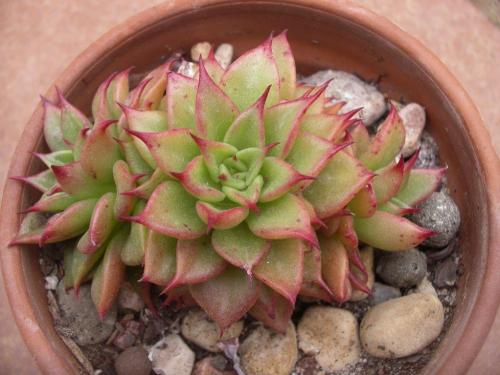
Photo Mateo Lichtenstein
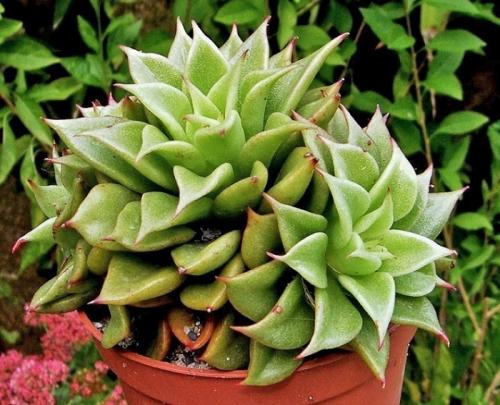
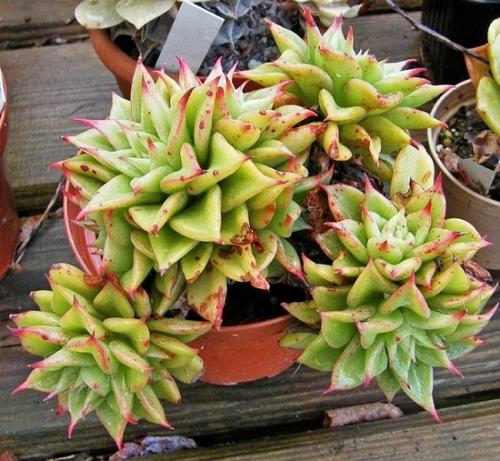
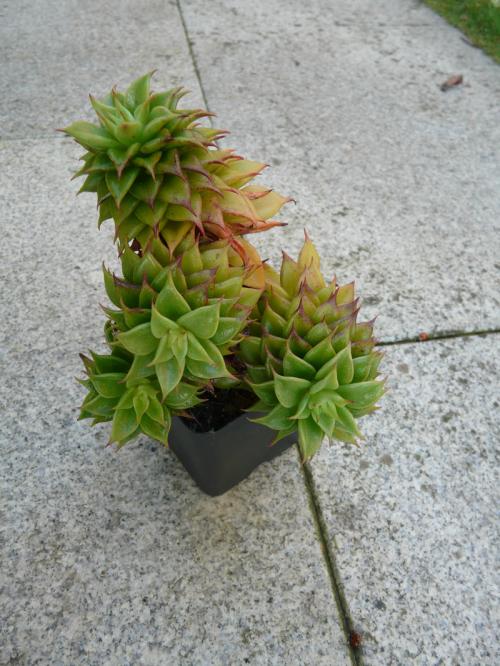
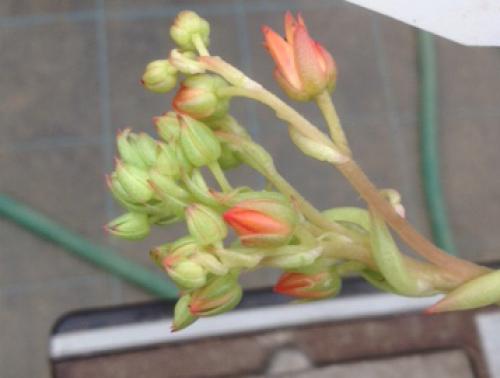
Photo Naoyuki Hagane